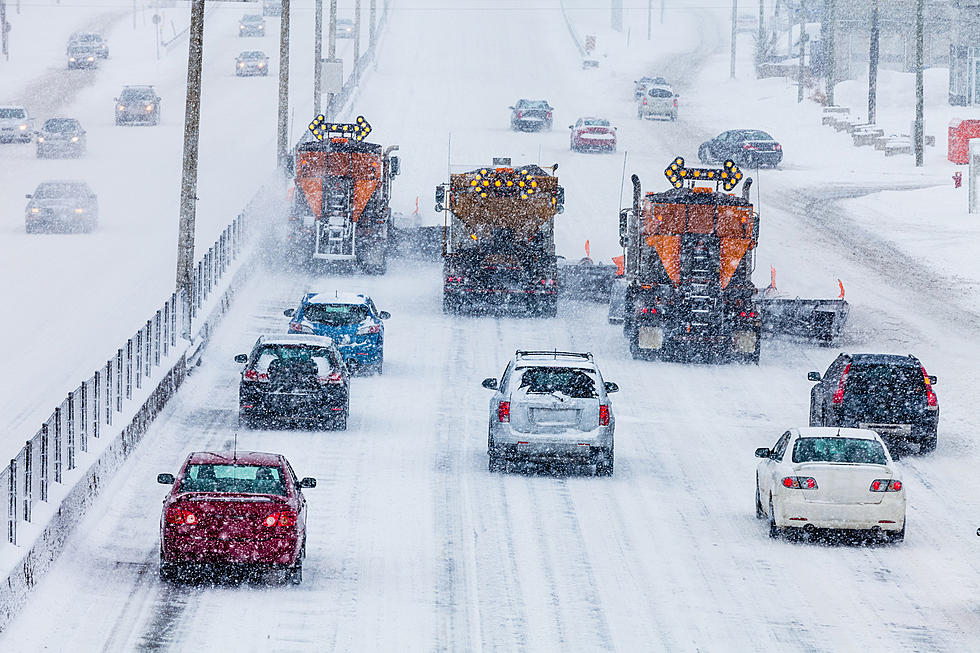
Minnesota DNR Struggles To Find Participants For Hunting Survey
49 out of 400,000. That's not even a quarter of a percent and certainly not a number that could be construed as being large enough to fill a representative sample group. But that's the number of participants the Minnesota Department of Natural Resources got last year for a voluntary survey that seeks licensed hunters to help provide data for deer management decisions in the state.
Three years ago, the Minnesota Department of Natural Resources decided to employ the use of hunters as part of their deer management practices. The idea behind the survey was the fact that "[d]eer hunters often spend hours in the woods, sometimes over several days, waiting for deer" , according to an article from inforum.com, so who better to have insight into the innerworkings of the woods and the creatures that inhabit it.
The questions and the survey data fields that hunters were asked to complete were both broad and specifically-scientific in nature. But none of them were difficult or personal in nature:
"The survey asks hunters to log the hours they spend in the woods and the deer they see during that time, their sex, and whether they are adults or fawns. If enough hunters participate, the data can help the DNR validate population trends over time."
In addition, the participating hunters are asked about observations on other animals and species that they also witnessed in the woods.
Unfortunately, the number of survey participants has dropped off quickly:
"In 2019, a total of 2,180 Minnesota hunters returned surveys. Since then, participation plummeted to 132 in 2020 and fell below 50 last year."
To increase the sample size - and boost participant numbers, the Minnesota DNR has expanded the scope of the survey from bow hunters to all hunters (that means fireams); originally, bow hunters were targeted because it was thought that they spent more time in the woods due to the nature of bow hunting practices. In addition, the DNR has made steps to make the survey easier to access on smartphones. They're also trying to reach more people by spreading the word on social media and other venues.
7 Things To Have In Your Outdoor Survival Kit
Best Minnesota State Parks To Avoid Big Crowds
7 Things To Have In Your Outdoor Survival Kit
More From KQCL Power 96






